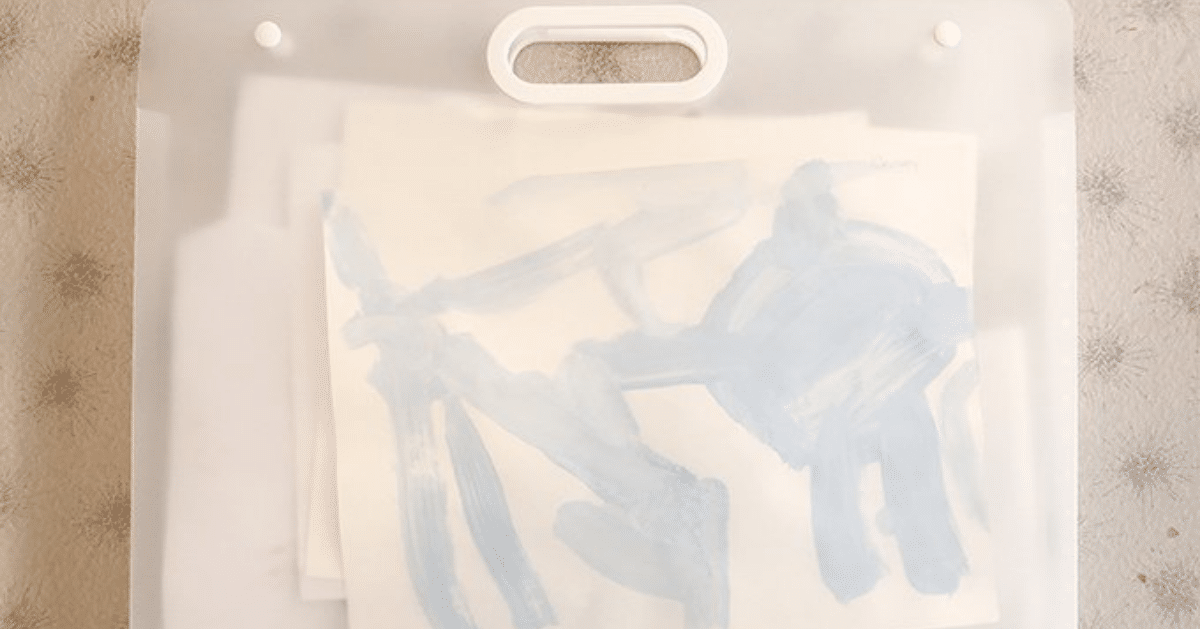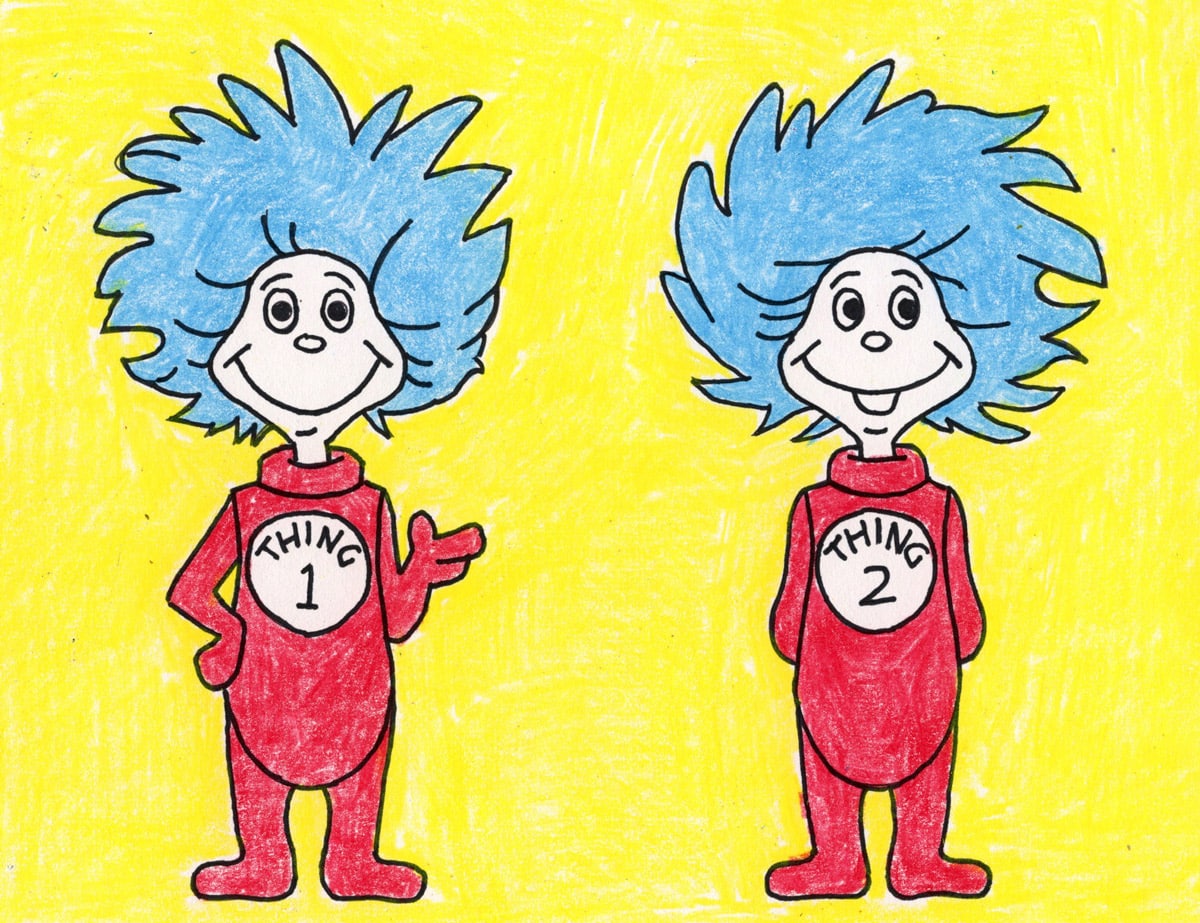
Have your children had multiple cold-like illnesses? Have you seen the new stories on respiratory syncytial virus (RSV) hospitalizations? Let’s talk about how these viral upper respiratory infections present in children, how to give your child supportive care, and concerning signs for when to seek medical care.
We see several common viruses in children in our emergency rooms: RSV, influenza, rhinovirus, enterovirus, adenovirus, and others. These viruses usually cause cold-like symptoms of fevers, headaches, runny nose, congestion, cough, vomiting, and diarrhea. For most viruses, there are no medications to clear the virus from your child’s body (except for influenza, for which Tamiflu is sometimes prescribed). However, children typically manage well and recover fully from these illnesses. To aid in the recovery, physicians recommend supportive care.
Supportive Care
Supportive care means treating symptoms even when the cause of the symptoms will need to run its course and will ultimately resolve on its own. This includes lowering fevers, monitoring breathing, encouraging liquids, and suctioning the nose and mouth to help with the difficulty a child may experience with breathing.
Also Read : Spiritual Cleansing: 14 Rituals to Detox Your Soul
- Lowering Fevers
Treating fevers can help a child feel better. Unfortunately, families often inadvertently underdose Ibuprofen or Tylenol. Ibuprofen can only be given to children six months or older, unless your physician has given another reason why your child cannot receive Ibuprofen. However, for children under eight weeks of age, please call your doctor immediately for all fevers. Otherwise, treating a fever will make your child feel much better; after receiving Ibuprofen or Tylenol, children often run around the room. You should seek medical attention if your child doesn’t improve with treatment. - Monitor Breathing
Upper respiratory infections in children can cause issues with breathing. Children’s heart rate and breathing rates increase with a fever, and improve once the fever is controlled. If a child is still breathing fast after the fever resolves, you should seek medical attention, as this can signify respiratory distress. Let’s talk more about how viruses can affect breathing. While fevers can cause children to breathe fast, it should not cause retractions. Retractions, including pulling the skin at the neck, ribs, or bottom of the chest, are a sign that a child is having difficulty breathing. The type of retractions changes with how hard a child is breathing.With mild difficulty breathing, a child will develop belly breathing (the abdomen moving in and out harder than usual). As their respiratory distress increases, children then develop subcostal retractions (sucking in under the ribs) or intercostal retractions (sucking in between the ribs). Other signs of breathing problems include pulling at the neck or flaring of the nostrils. - Encourage fluids and watch for dehydration
Look for signs of dehydration and encourage fluids as much as possible to help your child recover from an upper respiratory infection. For example, if your baby is not making tears or only has 2-3 wet diapers in 24 hours, that is concerning for dehydration. I also discuss with families to look for signs of secondary bacterial infection. For example, viral infections in children can cause inflammation and fluid in the lung airways and in the middle ears. Typically, this resolves after your child’s immune system fights off the virus. However, if your child has had mild symptoms for several days, then suddenly worsens, or has a new fever, they should be evaluated to determine the cause, as it could be a bacterial infection occurring on the tails of the viral infection. These are the other symptoms I tell parents to watch for: true lethargy (not just decreased energy that resolves with Ibuprofen/Tylenol), altered mental status, fevers greater than five days, difficulty breathing, difficulty feeding, severe headaches, severe abdominal pain, signs of dehydration (discussed above), or any other concerns. - Suctioning of the nose and mouth
If your child is two years old or younger, you can suction their nose to remove mucous and congestion. This can help younger children with upper respiratory infections and is one of the first things we do in the emergency department. I recommend families place a few drops of normal saline in their child’s nose and use a suction device such as a nasal aspirator, where the parent provides the suctioning via a tube in the parent’s mouth. If your child does not improve with suctioning, then seek medical attention.
If your child’s symptoms do not improve with treatment at home, all caregivers should know your preference for which hospital a child should be taken to in case of an emergency. Our Washington University Children’s After Hours locations provide convenient medical care for your child’s illnesses and injuries as a faster alternative to ERs when your pediatrician’s office is closed.
In case of a medical emergency with a child, determine where the nearest accredited, Level I pediatric trauma center is located. St. Louis Children’s Hospital has six pediatric ER locations across the St. Louis and southern Illinois region, including St. Louis Children’s Hospital, Children’s Hospital at Memorial Hospital Belleville, Children’s Hospital at Memorial Hospital Shiloh, Children’s Hospital at Missouri Baptist Medical Center, Children’s Hospital at Northwest HealthCare and Children’s Hospital at Progress West Hospital.






I don’t think the title of your article matches the content lol. Just kidding, mainly because I had some doubts after reading the article.